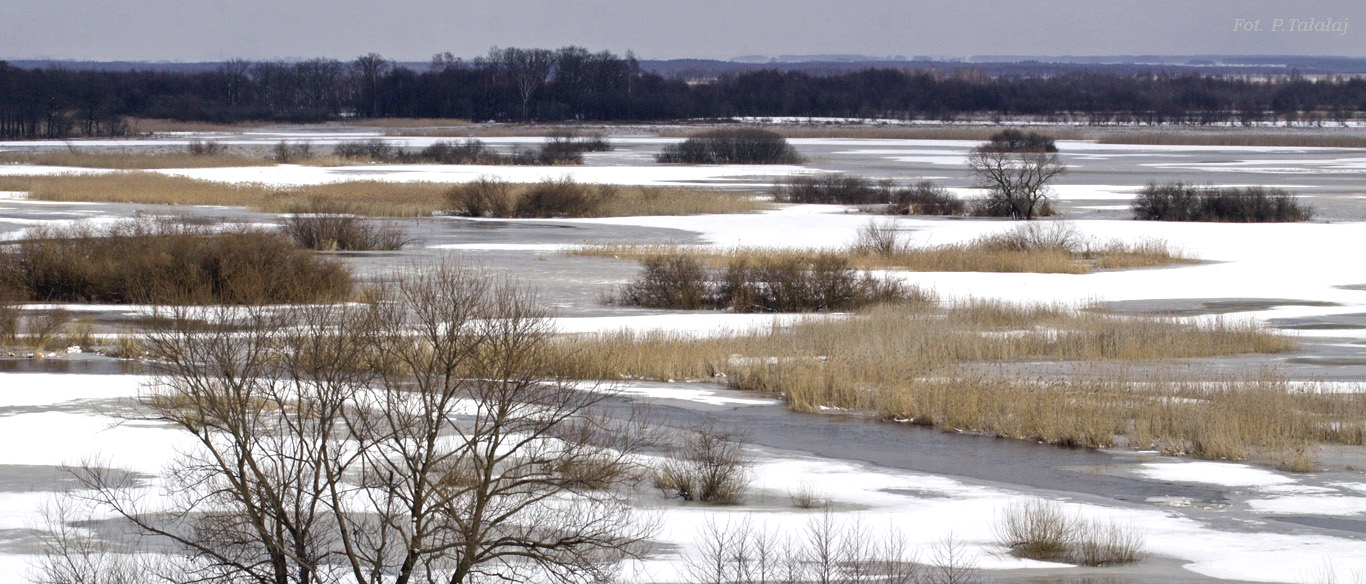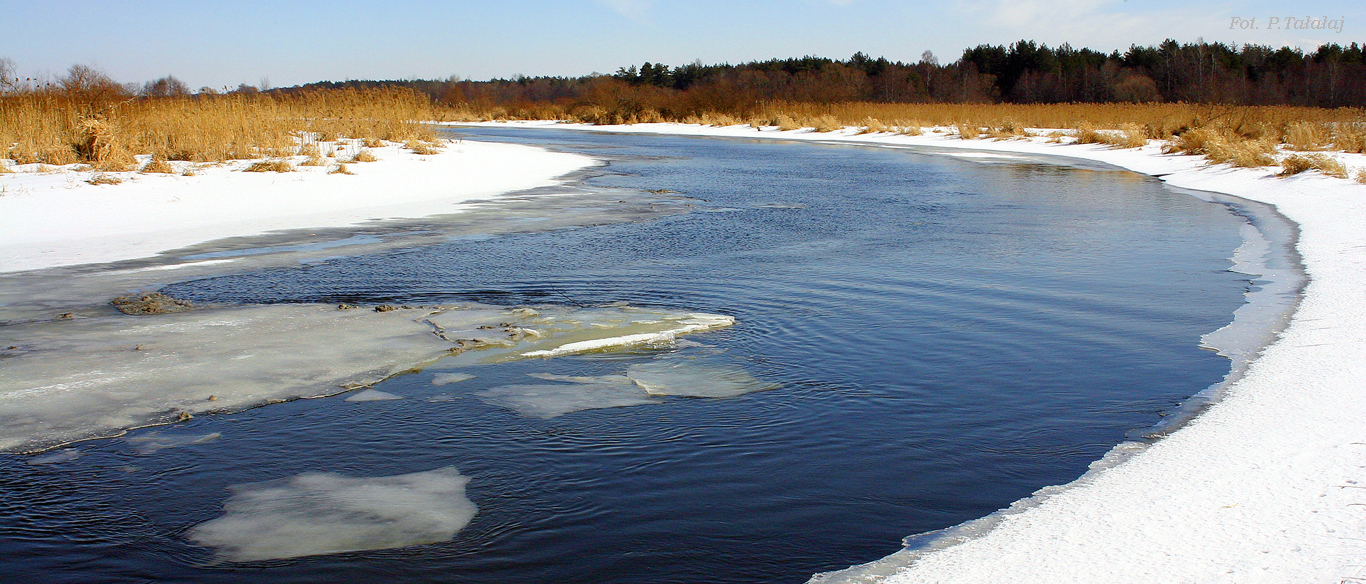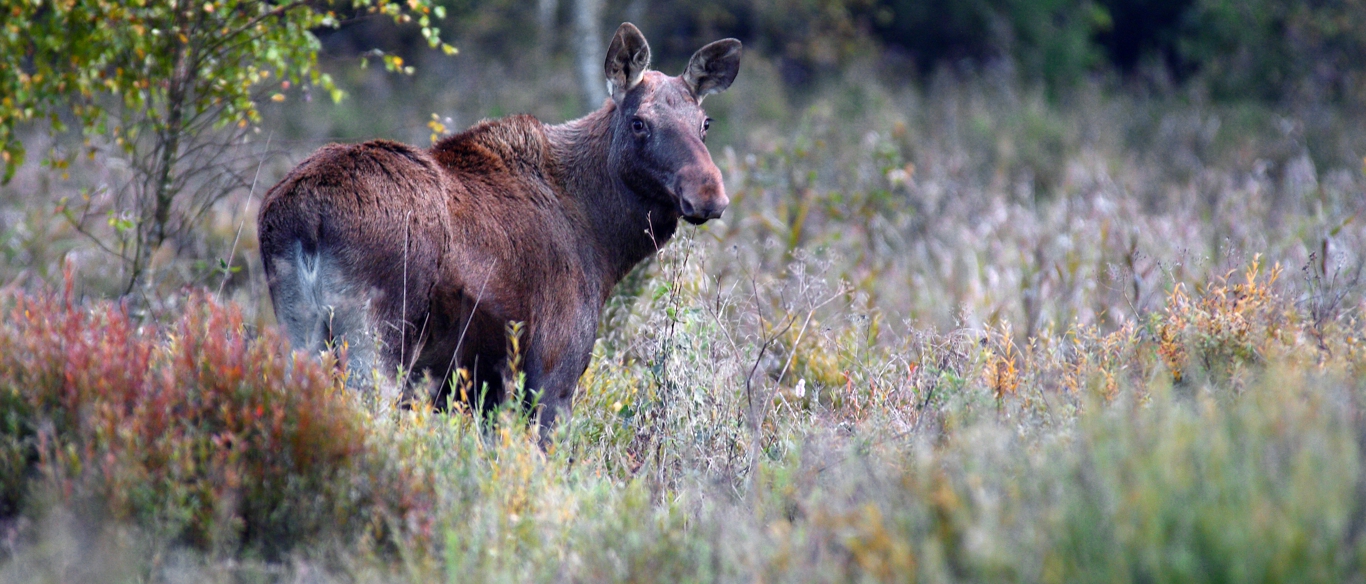Biebrzański Park Narodowy - w trosce o bagna




Links
Access facilitation
Zmień język
- Nature Protection
- Water protection
Contents
Water protection
The marshy ecosystems were formatted as a result of stable ground water inundation or every year spring flooding. That is why building of canals and drainage ditch network caused drastic changes in water supply conditions and successively this brought peat-forming processes to a stop and degradation of wetland ecosystems. These disadvantageous changes increase, especially in the area of big canals. Therefore one of the biggest problems concerning the nature protection in Biebrza Valley is reconstruction of water conditions, which is extraordinarily important to protection of marshy soils and natural environment in this area. From the water protection point of view in Biebrza Valley the most important is reconstruction of hydrographical network on partly drained peatlands in the Middle Basin of Biebrza Valley. Within the period 1994-1997 eight stone-fascine weirs were built on the Woznawiejski Canal. These constructions limited lowering of the water level on the territory of around 2500 hectares in the area called “Trójkąt”, especially during summer droughts. In 2000 there was realized a project entitled “Building of small damming structures on drainage ditches and canals in BNP”. This undertaking comprised construction of six wooden weirs and two stone-fascine wires on ditches and canals of the Middle Basin, which apart from the main canals, considerably influence decreasing water resources within the Park’s area. The effect of this investment concerns the stoppage of spring thaw flow and increasing the groundwater level on the territory of around 2 500 hectares in the area of the forests called “Brzeziny Ciszewskie” and “Brzeziny Kapickie” and to the south of reserve called “Czerwone Bagno”. The most significant changes in the natural environment of the Middle Basin of Biebrza Valley were caused by rebuilding of hydrographical network of lower Jegrznia and Ełk rivers catchments. Therefore it is necessary to protect the peatlands in this area. The most important are following protective activities: - building damming structures on the Woznawiejski Canal (dam, six stone-fascine weirs) - modernization of the 10 kilometers length lower Jegrznia river - hydrotechnical system reconstruction in the area called “Modzelkówka” - revitalization of 37 kilometers length part of Ełk river-bed (among other things – reconstruction of 12 kilometers length part of overgrown “dead” Ełk river-bed) - building damming structures on the Rudzki Canal - plant consolidation of the Rudzki Canal. Above-mentioned elements of water conditions reconstruction are determined by the necessity of adaptation the protective activities to range and forms of agricultural use of this area. According to the strategy of water resources protection in Biebrza NP very important is also building small stone-fascine weirs on old drainage ditches in the area of Ławki Marsh and “Brzeziny Ciszewskie” Forest. The main objective of these actions is to stop the spring flow of floodwater in the Lower and Middle Basin of Biebrza Valley as well as to increase water retention on the wetland area of around 2500 hectares.
- autor: I.Naliwajek
News:
Banners on the right side
Contact data
Osowiec-Twierdza 8,
19-110 Goniądz
phone: +48 857380620,
857383000 ext. 233
fax: +48 857383021
e-mail:
sekretariat@biebrza.org.pl
